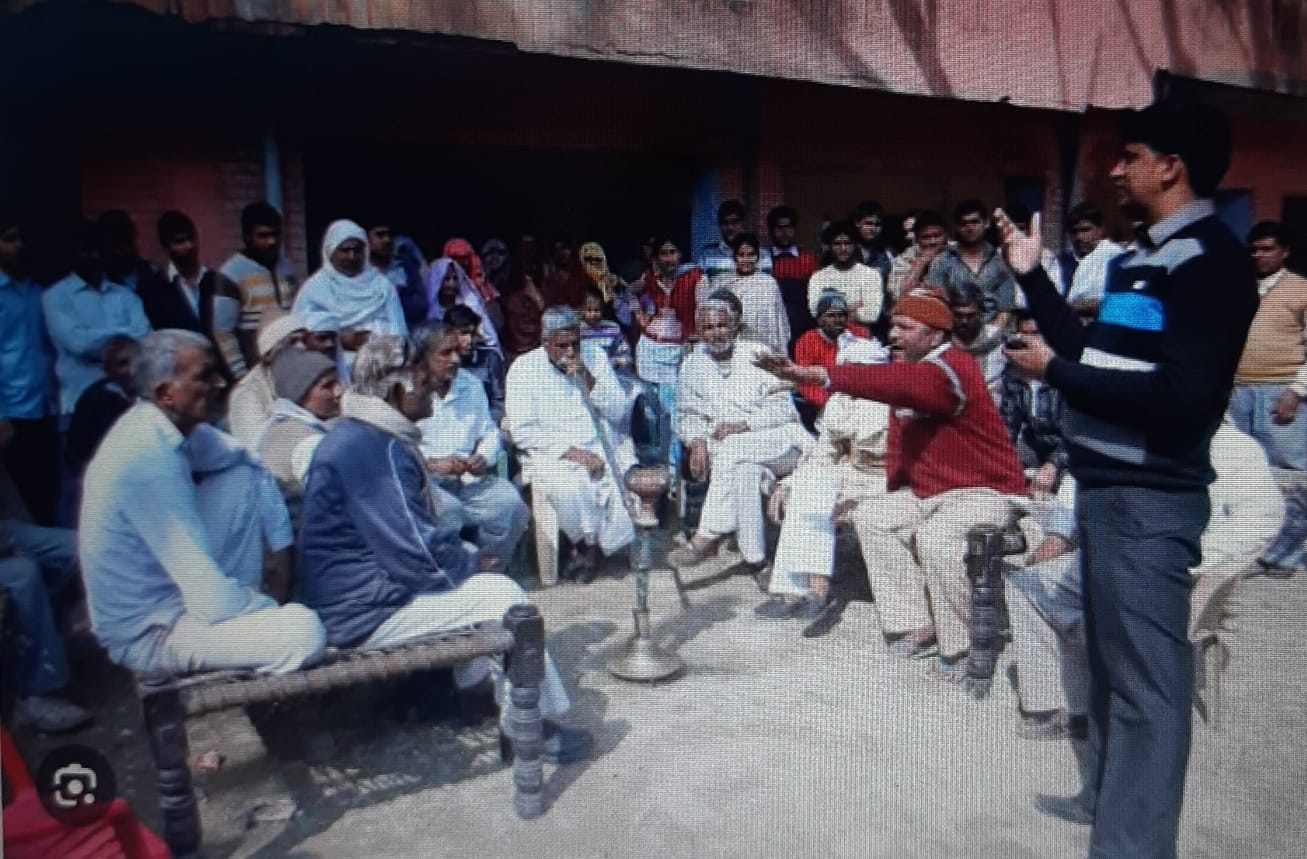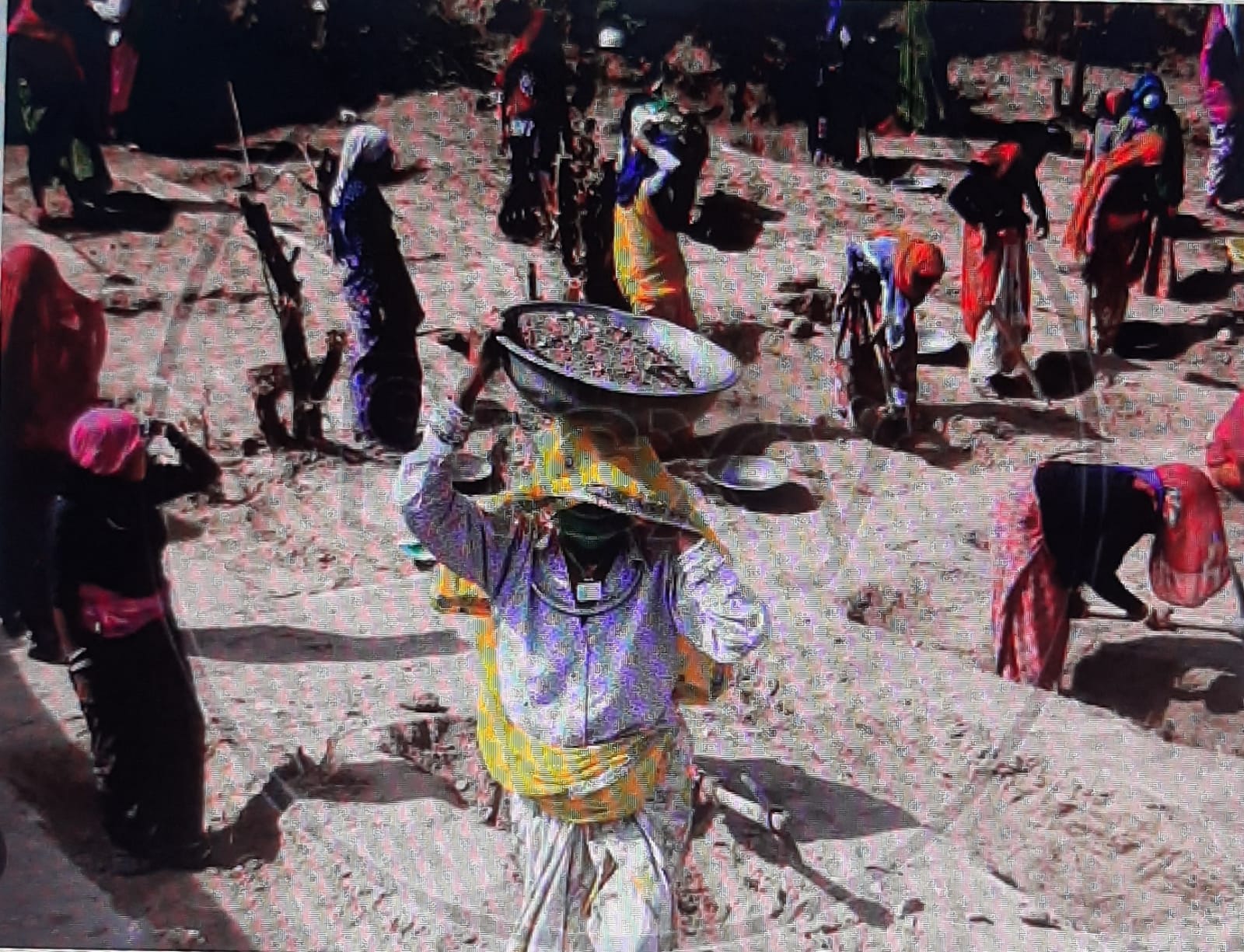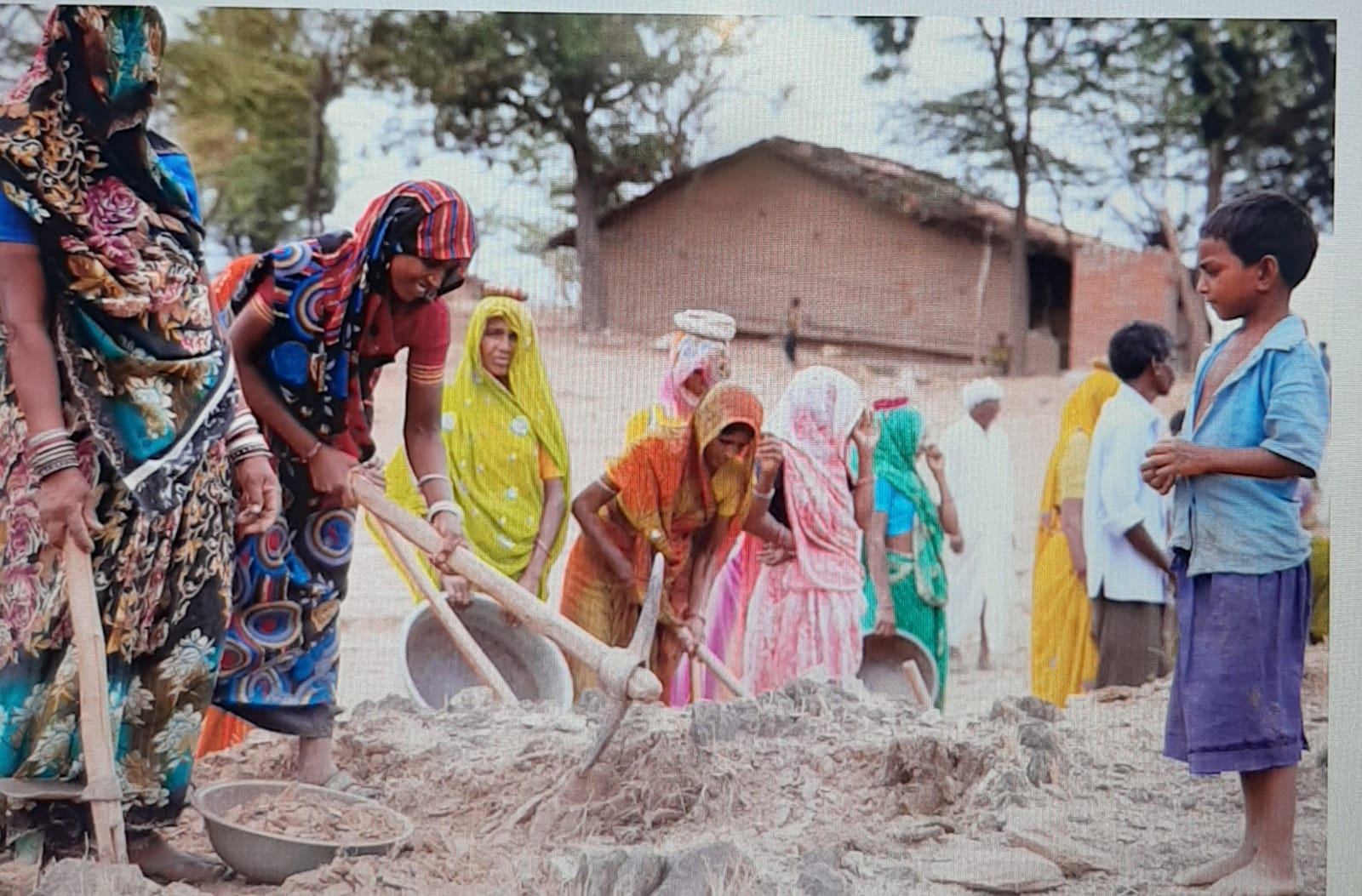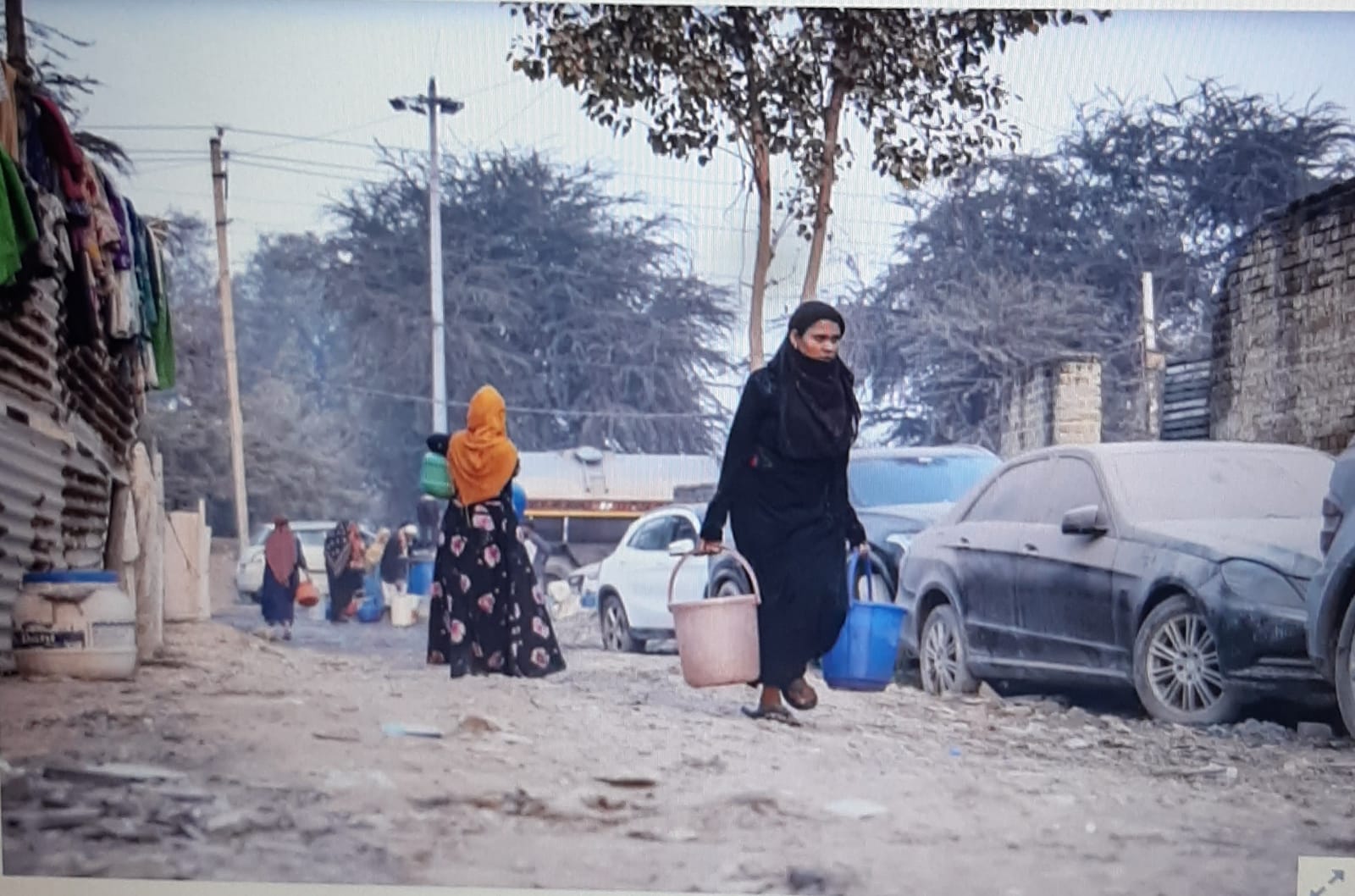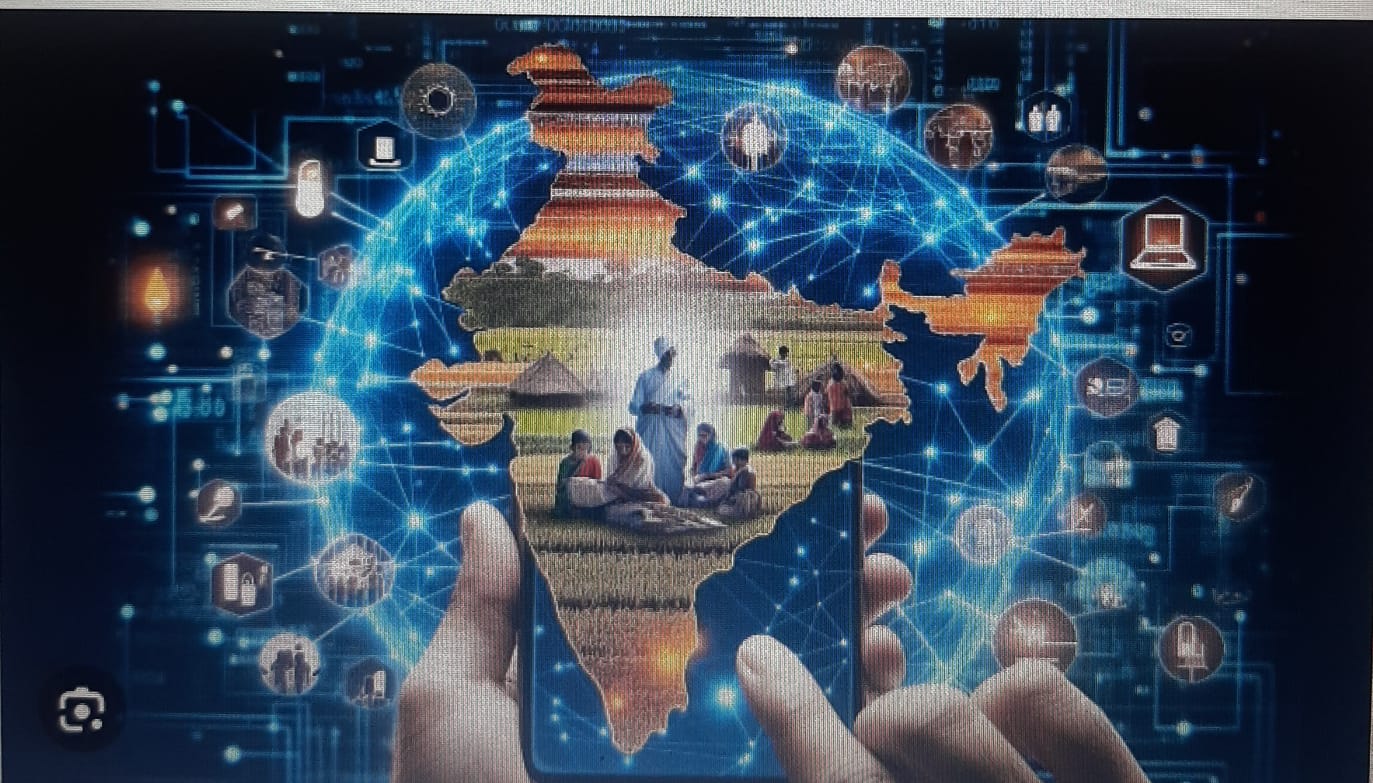
Effective steps should be taken by Government for data democratisation. Improved digital data flow system between the Union, State and Local Government and making data available to all users for clarifying, questioning, providing evidence or just building a factual base for policy making would immensely strengthen democracy, federalism and improve governance in the country, writes former IAS officer Sunil Kumar
India is on the cusp of a digital revolution. Optic Fibre Cable network is being extended to cover all Gram Panchayats and villages in the country. Within two years 5G has been rolled out in 80 percent of India’s districts and India expects to begin rolling out indigenously developed 6G telecom network by 2028. This network is expected to be five times more faster than the 5G network and is likely to revolutionize, interalia, health, banking, education and entertainment services in the country as more and more people begin to access and use the digital network. Smart cities and smart villages are expected to soon become a reality.
This, however, would pre-suppose presence of an efficient digital network, greater digital access, vastly improved digital literacy and data analytics using latest AI tools. While ‘control’ and potential ‘use’ of data by ‘big business’ – whether national or multi-national companies – remains a major policy challenge before national governments, in the Indian context, it is data democratisation which is a major challenge especially when viewed from the citizen’s point of view. And here I mean democratisation of data controlled by Government. In my view without data democratisation, governance will remain poor, federal institutions like urban and rural local governments emaciated and democracy will not take deep roots in the country.
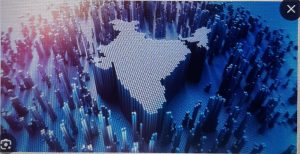
Government control over Data
In India, it is the Union Government and the State Governments which control most of the citizen related data. One obvious example is the Adhaar data base wherein critical demographic and biometric data of over 1.4 billion citizens is controlled by the Unique Identification Authority of India (UIDAI), a Government of India organization. It aims to deliver good governance and ensure efficient, transparent and targeted delivery of subsidies, benefits and services to persons enrolled in Adhaar data base. Likewise, other two examples are Kutumba project of Government of Karnataka and Parivar Pehchan Patra scheme of Haryana government. Kutumba project aims to achieve suo-moto delivery of benefits and services to residents in the State by checking their entitlement and eligibility by using data available in various databases of State Government. Under the Parivar Pehchan Patra scheme of Haryana government, all families are provided a unique eight digit family-Id. It is linked to Birth, Death and Marriage data bases and it is claimed that it gets automatically updated whenever such life events occur in any family. It enables citizens to view their entitlements and claim them. These clearly show the huge database that is controlled by both the Union and the State Governments. In other States too situation is no different.
Data Centralization & Ownership of Data
Evolution of Information Technology over the last three decades has not only generated huge amount of digital data leading to setting up of cloud storage and computing facilities, mammoth data centres with huge energy requirements but also data centralization at the Union and State level. Depending upon the scheme under which data is collected, ownership of data vests with the Union or State Government. For instance, if it is a Centrally Sponsored Scheme (CSS), where central share is 60 percent and State share is 40 percent, ownership of data is of the concerned Ministry/Department of Government of India. The source or origin of data is immaterial. Hence, we have a curious situation where the custodian of data refuse to share data with officers at State/District/Block level or with elected representatives of local governments. Over 90% of the data of most portals of Government of India is generated by the States at the village or city level. Thus, while data originates from the Gram Panchayat or town/city level of a State, the State or Local Government officials do not have access or permission to use that data unless they receive specific permission from the concerned Ministry of Government of India. Even State Government officials are reduced to petitioning Government of India and chances are that they will not receive such permission in time. So the first important conclusion is that ‘generators’ of data are not the ‘owners’ of data.
Data Integrity
The second important point is that it is only at the lowest level, which is closest to the people, that issues relating to data integrity can be best resolved. It is only at the local government level – the Gram Sabha in rural areas and the Area Sabha in Urban local governments – that there is better scope for detecting data discrepancies and resolving them. For instance, the dashboard of Jal Jeevan Mission showed that a particular village in Maharashtra was being supplied piped water. However, the local elected representative could assert, based on his personal knowledge, that there was no supply of piped water in the said village and the information shown on the dashboard was ‘erroneous’. Similar reports have been received from several States where Gram Sabhas refused to certify their saturation under the JJM because of deficiencies in the water supply works and take over those assets for operation and maintenance by the Gram Panchayat. This shows that issues relating to data integrity can be best resolved at the level of Gram Sabha and/or Ward Sabha in rural areas and Area Sabha in urban areas. Departments have a tendency to engage in ‘advance reporting’ so that their performance is not questioned by authorities at higher levels. It is only at the level of local government that data can acquire a ‘name and a face’ and spur concrete, impactful action.
Let me refer to a news report published in a Hindi daily ‘Hindustan’, Delhi edition on 6th October, 2024 which highlights the need to undertake data verification exercise at the Gram Sabha level. The report stated that between 1st April, 2024 to 24th September, 2024, 78,185 calves were born in Uttar Pradesh as per data uploaded on Bharat Pashudhan Portal but the Animal Husbandry Department administered Brucellosis vaccines to 3,14,602 newly born calves which is roughly four times the number of calves born! Likewise, another news report mentioned that husbands of 2,50,678 ‘widows’ (who were receiving widow pension) were drawing free ration in Uttar Pradesh! If only the data relating to birth of calves and their vaccination were regularly shared with Gram Panchayats and presented before the Gram Sabha and discussed, chances are that such data discrepancies could have been detected and resolved. In these cases it seems different arms of even one department were not sharing information. Further, no reports are generated and provided to officials and elected representatives of local governments which they can use to monitor, identify data discrepancies and take remedial action. It must be realized that there is no way in which such data can be analysed and acted upon even at the district level what to speak of the State or Central level!
Flawed Digital Data Flow architecture
Third important point is that the design architecture of almost all Government portals is one way – data flows from bottom to top – nothing comes down. So the third tier of Government is completely omitted from this digital data flow architecture. This design flaw coupled with the tendency to control access of even State officials to their own data strikes at the root of federalism and is far removed from the concept of ‘cooperative federalism’.
Poor Data Visualisation
With a view to increase transparency and promote accountability in Government, ostensibly large amount of data is put in the public domain. But ordinary citizens find it next to impossible to navigate the portal and most data is presented in a manner which makes it meaningless for them. Even MPs and MLAs will find it difficult to make sense of what is published in the dashboards of most Government portals. In a way this is similar to asking a RTI petitioner to deposit a lakh of rupees as cost for receiving fifty thousand pages of data and waiting for six months to receive the voluminous data! This is drowning the citizen in a data deluge!
If data is to become meaningful, it is important that latest digital visualisation tools are used to undertake data analytics and present reports and information in a manner which citizens can easily understand and then act upon. In the meetings of the Gram Sabha/Ward Sabha, where every voter is a member, it is critical that effective data visualisation tools are used to explain complex public policy issues in a language and medium which can be grasped by members. It would make far more sense to villagers if 3D visualisation tools are used to show them where drinking water pipelines, sewer pipelines have been laid or not laid and what could be done to remove the obstacles. This could also be a very effective tool in gaining public support for undertaking ‘anti-encroachment’ drives in rural or urban areas. With effective data visualisation tools, evidence based decision making would get a boost and citizen participation in public policy formulation would increase manifold. This would also strengthen democracy at the grassroots as administration would become more accountable to citizens.
Recognition of co-ownership rights over data of State & Local Governments
Finally, just as national Governments are seized with larger issue of ‘data sovereignty’ and the relationship of national governments vis a vis big technology firms like Google, Microsoft etc., in the national context it would be meaningful to examine whether State and Local Governments, the other two tiers of the federal structure, will enjoy the same powers which National Governments are seeking in international context. All data gets generated in the cities and villages of India and even the poorest Indian is contributing to the immense store of digital data as evidenced by the number of UPI transactions happening every day in all nooks and corners of India. So the central issue here is whether citizen has ‘ownership’ of his own data or whether in Indian context, it would be owned by all three tiers of Government in their fiduciary capacity or just the Union Government alone? We have seen how Indian citizens hand over their personal data to anyone who asks for it and more so if the person occupies a position of authority. In such a scenario, it may be meaningful to make the local governments ‘owners’ of data generated from their area and grant them not only the right to study, analyze and use such data to improve their functioning and thereby improve the quality of life of their residents but also be legally responsible for ensuring data privacy.
Use of Beneficiary Data for partisan purposes
A related issue, especially in the context of Indian democracy and ensuring fair play for both ruling party and the opposition, is the issue of access of political parties to personal data of citizens especially the ‘beneficiaries’. At the moment, ruling parties have no qualms in using their power to gain access to personal data, name, age, mobile number of citizens who happen to be beneficiaries of Government schemes and then using that to bombard them with party propaganda at the time of elections. This surely flies in the face of the idea of ‘fair play’ in democratic elections besides eroding privacy, undermining individual autonomy and even facilitating emergence of surveillance state. If all three tiers of Government are legally made responsible for ensuring data privacy then such wanton misuse of digital data relating to citizens can be prevented. Stringent punishment should be prescribed if any Government authority is found compromising data privacy.
Data Monetisation
Further, it is said that digital data is the ‘new gold’ and at some stage, sooner rather than later, data monetisation would happen. In such a scenario it would be appropriate if all three tiers of government are legally recognized as owners of digital data and their share determined and proceeds of data monetisation shared with them. This should apply equally to government as well as private entities. Personal data cannot and ought not be sold in the market and the ‘dark web’. If local governments begin to reap some benefits from ‘data monetisation’ (presently largely restricted to private companies), then they will also begin to address the issue of data integrity with greater seriousness.
Improved Data Analytics
Likewise, it is equally important that Universities and researchers are given access to raw data presently controlled by the Union and State Governments so that their research and data analytics not only enriches science but also helps in improving governance especially at the third tier. Unless and until governance improves at the local government level, there is no way in which we can even dream of becoming a developed nation. If citizens are to have a role in public policy formulation and monitor its implementation, Universities, academic institutions and civil society organizations will need to consciously partner with local governments, both rural and urban, in the country. They will need to interpret the data and present it to over 3.2 million local government elected representatives and citizens as well as local government functionaries in a language that they can easily understand and avoid bureaucratese. It is only then that ‘evidence based’ decision making will become a reality. It is also time to give the Gram Panchayats and other local governments the power to directly engage services of consultants/experts who can undertake this exercise for them. This should be an admissible item of expenditure even for funds devolving to the local governments based on recommendations of the Central Finance Commission or the State Finance Commission.
To conclude, at this point of time, it is critical that effective steps are taken by Government for data democratisation. Improved digital data flow system between the Union, State and Local Government and making data available to all users for clarifying, questioning, providing evidence or just building a factual base for policy making would immensely strengthen democracy, federalism and improve governance in the country at all levels and especially at the local government level. This would call for addressing issues relating to domain, devolution & distribution of data in appropriate legislation and protocols. Ensuring digital access and digital literacy also become extremely critical in the Indian situation. It must be remembered that only by giving a name and face to data and its authentication by democratic public institutions like the Gram/Ward Sabha in Gram Panchayats and in Area Sabha in urban local governments can data integrity be ensured and public policy making process become meaningful in India.
(Author is Visiting Faculty in Gokhale Institute of Politics & Economics; member of Pune International Centre and is a former civil servant. Views expressed are personal.)


